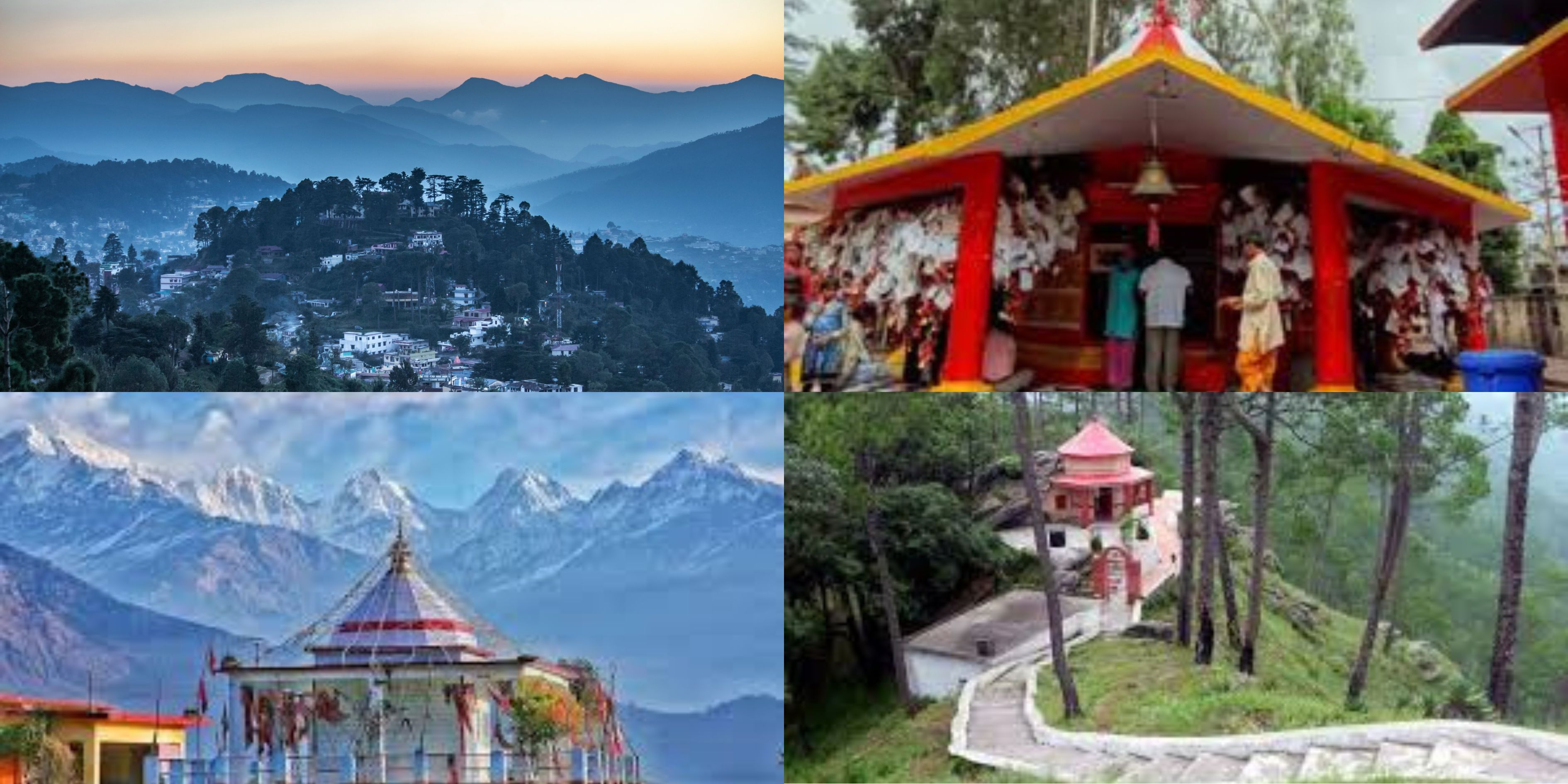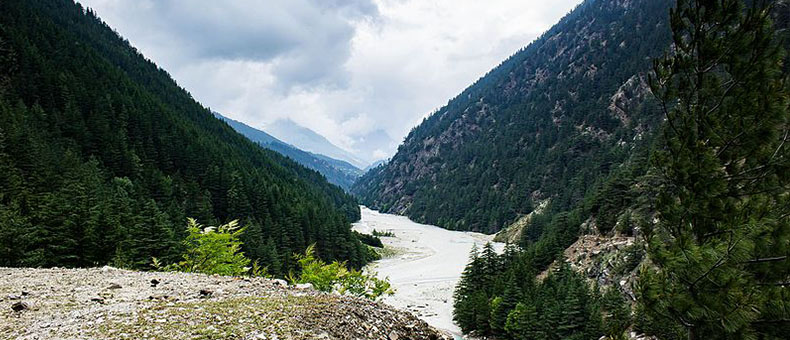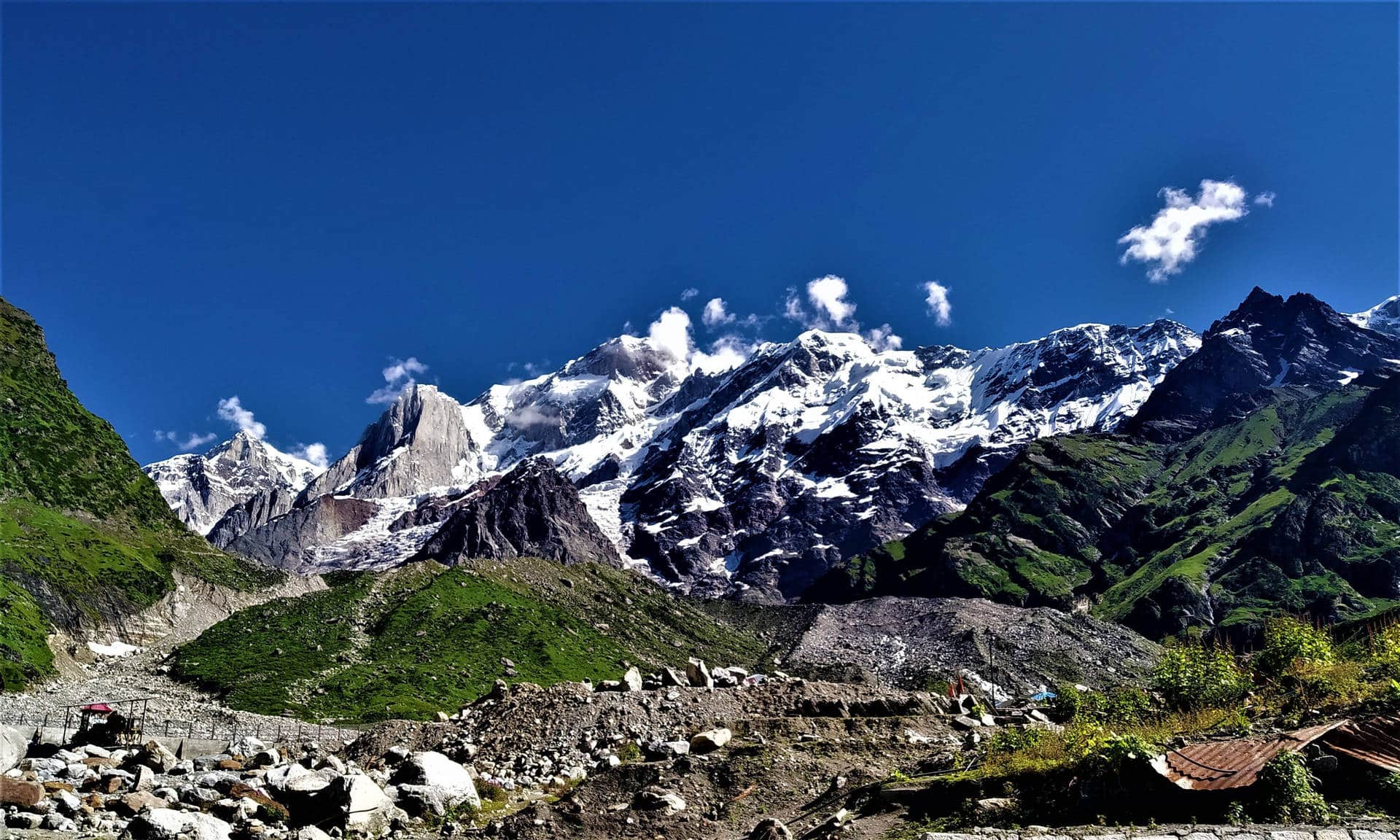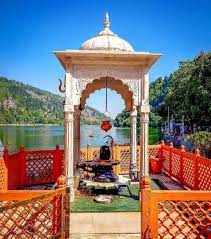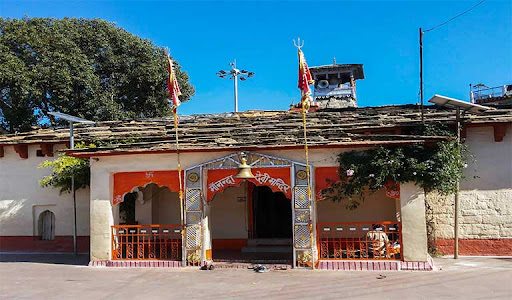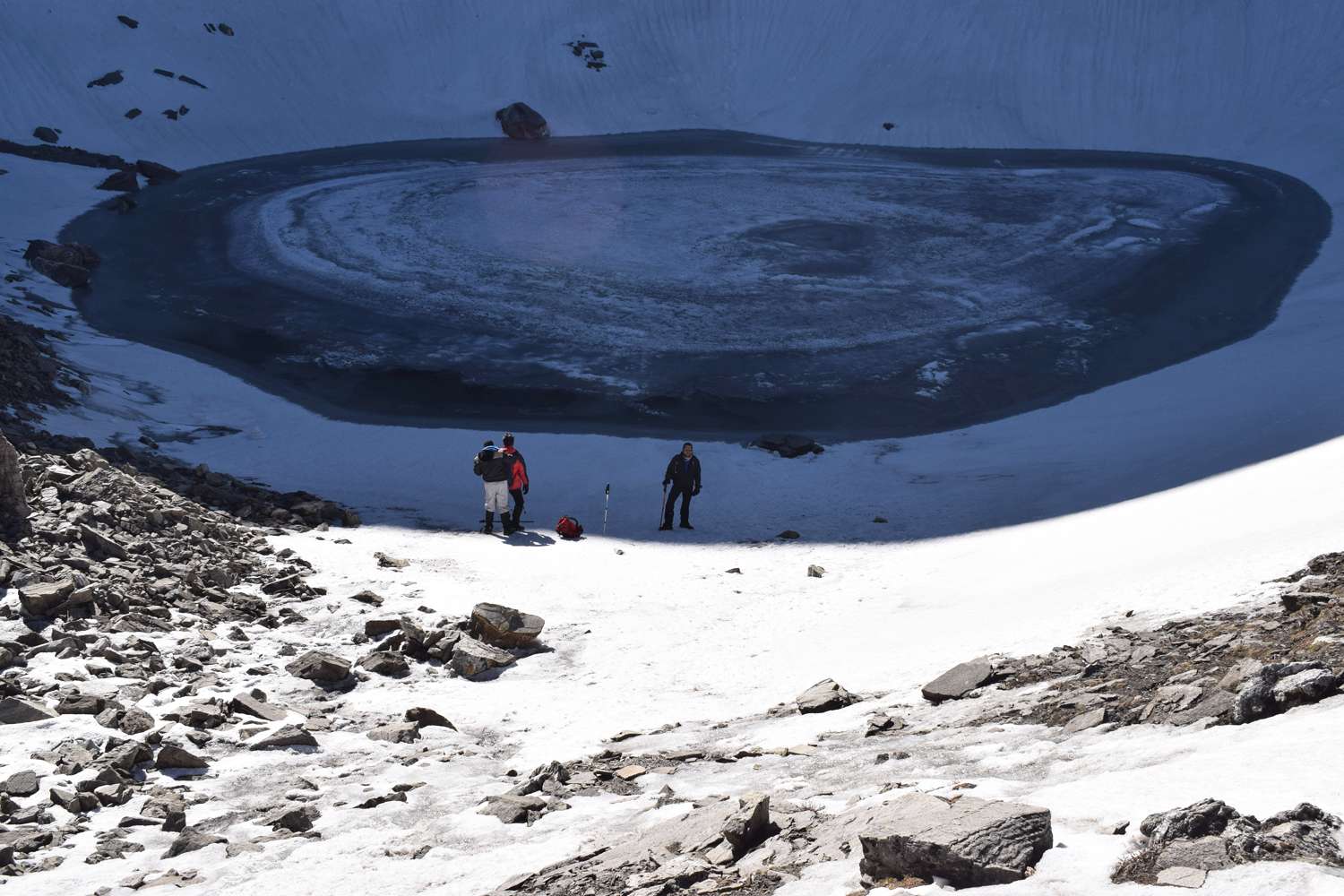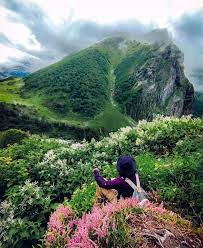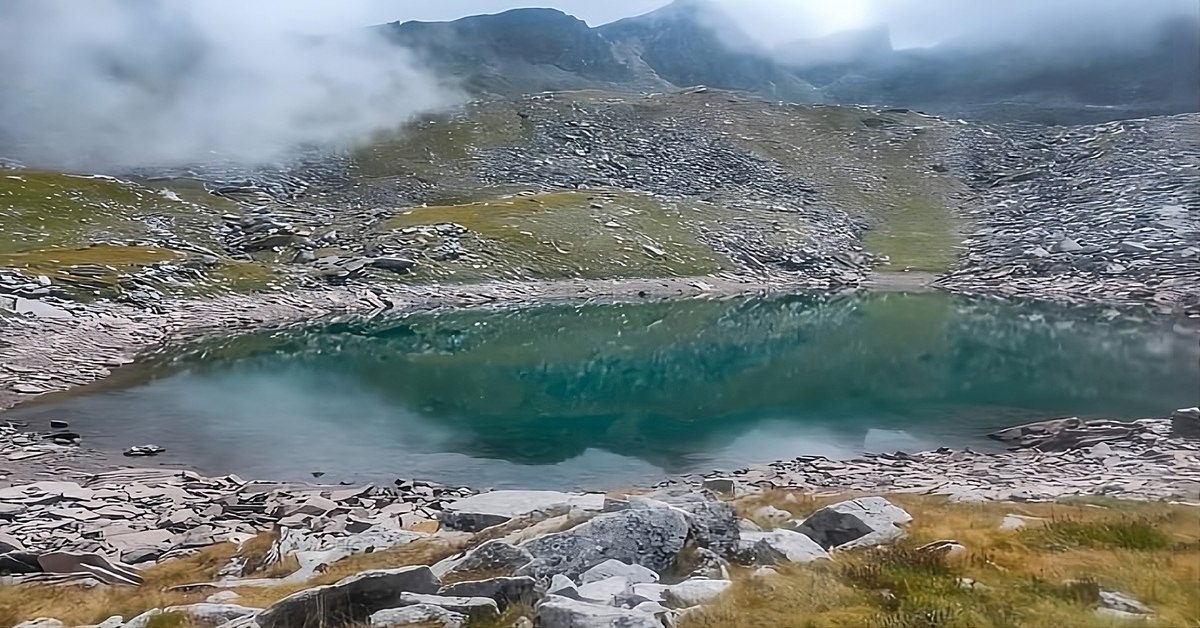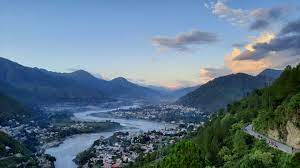Where the River Divides, and Life Connects
As the place is observed, the first thing that emerges as noticeable is the Kali River (काली नदी). It is both a watercourse and a border demarcating the place. India is on one side, while Nepal is on the other side. However, the river here doesn't act as a dividing wall. People daily walk over the suspended bridge, carrying packets of vegetables, wool, or merely greeting each other. Noises that come up from either bank float freely to the other, carried on the soft breeze.
More than a Border Agreement
On geographical maps, Dharchula is represented as a small dot situated at the periphery of Uttarakhand’s Pithoragarh (पिथौरागढ़) district. However, traversing its narrow lanes creates an impression of a convergence point. Various groups, including traders, local inhabitants, and pilgrims, continuously navigate this area. Historically, Bhotia (भोटिया) traders transported wool, salt, and grains through this specific valley. In contemporary times, the markets continue to resonate with that historical essence vendors offer woollen shawls, dried herbs, and mountain honey.
On the other side, Nepal also has its own Dharchula. They are twin siblings, split only by the river, yet united through common melodies, food, and festivals.
Territorial Aesthetic and Sensory Experience
Territorial aesthetic experience takes
The town lies low in a valley at about 940 meters, surrounded by mountains that rise suddenly and sharply. Hillsides are dotted with oak (बाँज), deodar (देवदार), and pine. Come spring, the red buransh (बुरांश) flowers set the slopes ablaze. In winter, fog lingers all day, and you’ll see wood smoke curling from every home.
Trails radiate from here to destinations that must be the stuff of myths Adi Kailash (आदि कैलाश), Om Parvat (ओम पर्वत), Narayan Ashram (नारायण आश्रम). Trekkers and sadhus make this little town their base before vanishing into the greater quiet above. A Day Here Feels Like This
A Day Here Feels Like This
Morning: mist still prevalent, the river noisy, roosters crowing. Women carrying baskets go to the market, children in neat uniforms hurry up dusty alleys, and the men sit around tea stalls drinking hot chai from steel mugs.
Afternoon: the bazaar is alive. Woollen carpets stacked neatly, spices sold in glass jars, shawls folded in small shops. The smell of गहत (gahat) dal, rice, and मंडुवा (mandua) rotis drifts from roadside eateries.
Evening: the river turns silver under fading light. Lamps are lit in windows, prayer flags flutter on rooftops, and the sky fills with stars you can almost reach. Conversations slow, and the sound of the Kali becomes the night’s music.
Festivals That Cross Borders
During the Kailash Mansarovar Yatra (कैलाश मानसरोवर यात्रा), Dharchula feels like the world is stopping by. Pilgrims rest here, share food, and prepare for the climb ahead. The town glows with energy, even in its simple streets.
Local festivals spill over the river. Fairs are celebrated on both banks the same songs, the same dances, just echoing from two directions. Families divided by the river often gather together, marriages are attended across borders, and even prayers are shared.
The folk songs here speak of longing and return. One old Kumaoni line says:
“नदिया बीच खड़ी है, दिल तो एक ही है”
“The river stands between, but the heart is one.”
When to Come
- Best seasons: May–June for fresh mountain air, September–October for clear skies.
- Monsoon: tricky, with slippery roads and landslides.
- Winter: quiet, biting cold, but magical if you like solitude.
- Guesthouses are simple. Rooms with wooden floors, home-cooked meals, and the kind of hospitality where strangers call you “भैया (bhaiya)” or “दीदी (didi)” after just one conversation.
Small Moments That Stay With You
Dharchula isn’t about monuments or sightseeing lists. It’s about moments:
- A boy is selling hand-knitted socks in the market.
- A woman offering you sel roti (सेल रोटी) with chutney, straight from her kitchen.
- Crossing the suspension bridge and hearing your footsteps echo against the river.
- Watching elders sit in silence by the water, as if listening to something only they can hear.
- These are the things you carry home.
Why Dharchula Matters
Because it sits in between. Between India and Nepal. Between pilgrimage and daily life. Between the rush of travelers and the stillness of mountains.
Because it reminds you that borders can be lines on maps, but in real life, people laugh, sing, trade, and pray together.
In Dharchula, you feel how deeply the mountains shape people, their patience, warmth, and resilience.
Closing Thought
Dharchula (धारचूला) doesn’t shout for attention. It waits quietly, like the river that flows through it. If you go, don’t rush. Walk slowly, listen to the water, sit in the bazaar, cross to the other side just for the feel of it. Let the town show you how life carries on at the edge of two countries, yet always together.


